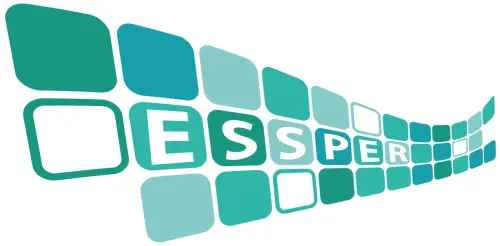Associazione ESSPER
periodici italiani di economia, scienze sociali e storia
periodici italiani di economia, scienze sociali e storia
Autore: Salvi, Carola
Titolo: Marker fisiologici dell’insight
Periodico: Sistemi intelligenti
Anno: 2024 - Fascicolo: 2 - Pagina iniziale: 453 - Pagina finale: 476
Sometimes creative ideas come to mind following a step-by-step conscious reasoning, other times they rush into consciousness unexpectedly as sudden insights. Research on insight problem solving began about a century ago with a chimpanzee having an Aha! moment on how to pile up some boxes to reach a banana that was hanging from the ceiling (Köhler, 1917). Thanks to the development of neuroscientific techniques, researchers gained a better understanding of the physiology associated with insight, supplemented classic theories, and raised new questions about the cognitive processes involved in it. With the final goal of sketching a comprehensive understanding of the neurocognitive bases of insight, this article describes and updates the knowledge we gained about its functioning. A review of the last two decades of research on the ‘markers of insight’ revealed that: a) insights are paired with an internal attention allocation; b) the right anterior temporal lobe is a key node for insights, and if stimulated the frequency of insights increases; c) the feeling of pleasure and excitement that accompanies insights is warranted by the involvement of the reward-dopamine system; d) pupil dilation marks the switch into awareness of Aha! moments. Taken together these results indicate that insight below awareness processing might be explained by the involvement of subcortical areas responsible for learning, alertness, and emotions which are evolutionary more ancient than the cortex and it involves areas of the cortex responsible for information integration presumably together/after the switch into awareness. In conclusion, I summarize these points in terms of the defining characteristics of having an insight.
SICI: 1120-9550(2024)2<453:MFD>2.0.ZU;2-M
Testo completo: https://www.rivisteweb.it/download/article/10.1422/113331
Testo completo alternativo: https://www.rivisteweb.it/doi/10.1422/113331
Esportazione dati in Refworks (solo per utenti abilitati)
Record salvabile in Zotero
Biblioteche ACNP che possiedono il periodico
